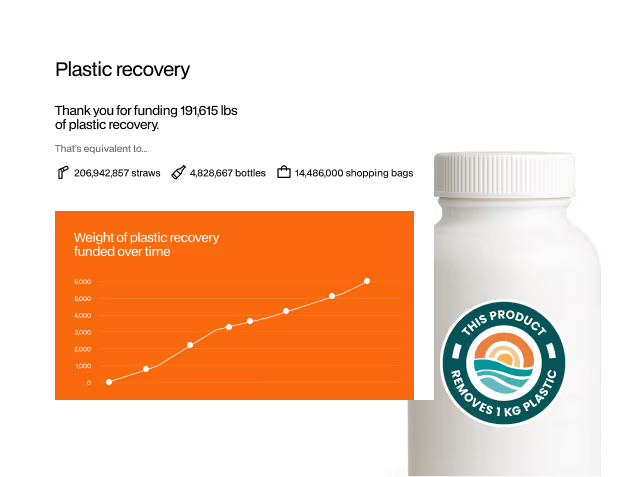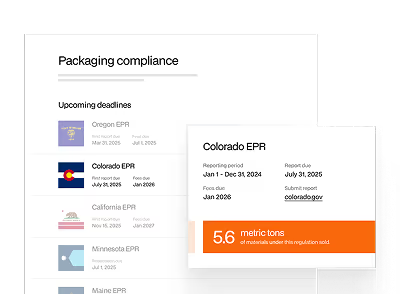Extended Producer Responsibility (EPR) for packaging is a policy approach that holds producers accountable for the entire lifecycle of their products, especially the end-of-life stage. In the United States, EPR aims to shift the financial and operational burden of waste management from municipalities to the producers themselves. This encourages companies to design more sustainable packaging, reduce waste, and improve recycling rates.
Producer Decoded in Simple Terms
In the context of Extended Producer Responsibility (EPR) for packaging in the United States, a "Producer" is defined as any entity that manufactures, imports, or sells packaged goods. This includes companies that place packaging on the market under their own brand, importers of packaged goods, and retailers who sell private-label products. Producers are responsible for the lifecycle of their packaging, from design to disposal.
Under EPR laws, producers must register with the Circular Action Alliance (CAA), report the types and quantities of packaging materials they use, and pay associated fees. These fees fund recycling and waste management programs, ensuring that producers contribute to the environmental impact of their packaging. Compliance involves understanding state-specific regulations, such as those in California, Colorado, and Oregon, and meeting deadlines for registration and reporting.
Not sure if you are liable as a producer? Assess Your EPR Liability for Free.
Getting Started: EPR Compliance Resources for SMEs
The EPR compliance hub from rePurpose Global can automate in 1-click what would otherwise take you over 3 months of manual effort. It quickly compiles CAA reports, estimates fees and tax liabilities, and keeps you updated on emerging regulations, including labeling laws, PCR mandates, and 90+ packaging regulations in North America. With Oregon's reporting deadline on March 31st, immediate action is crucial to avoid financial penalties. Reach out to us for a stress-free, reliable solution.

.avif)
.png)
.avif)

.jpg)






